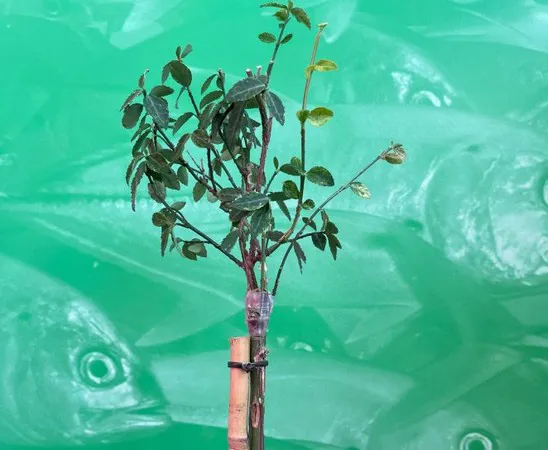Common grower practice is to tie young trees and shrubs to a stick, to give the trunk extra support. This tying is done with a piece of binding tube and is a labor-intensive job. Within the PPP Hands-free production in agri-food, the Greenhouse Horticulture and Flower Bulbs Business Unit of Wageningen University & Research is working on a device that makes tying the binding tube faster and easier.
Nursery workers 'wrap' a PVC tying tube around the trunk and stick, make a knot, and pull the tying tube through. The connection created in this way is strong enough to keep the trunk and stick together, but also flexible enough not to limit the trunk’s growth. At the request of a plant grower, WUR is investigating how to automate the tying of trees. Researchers are looking to develop a device that can simplify and speed up manual work. Ultimately, the entire process can be automated, making true hands-free production possible.

A young tree is tied to a stick for extra support
There are already some solutions on the market, but the binding material used is not sufficient. That is why WUR is developing a set of pliers for tying. A first prototype is now ready. The pliers wrap the binding tube around the trunk and stick and ensure the correct tension. The two ends of the tube are not knotted but fastened together with a clamp. In addition, WUR is looking at an environmentally friendly alternative to PVC, which is strong but does not degrade in nature.

